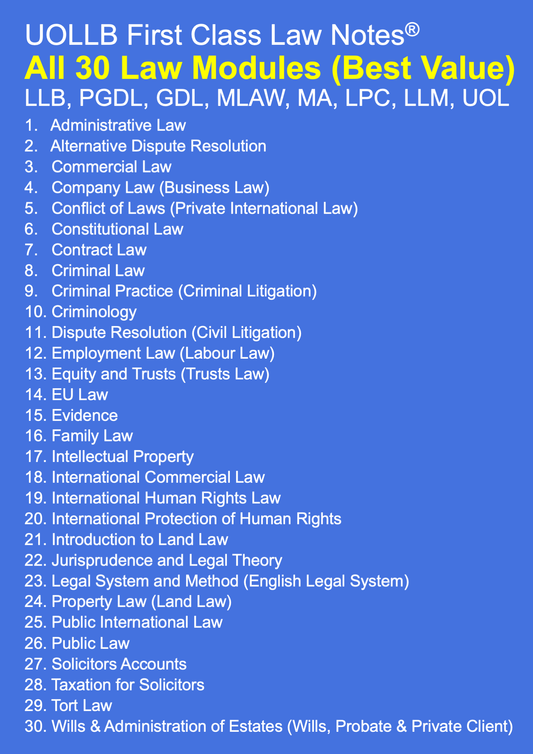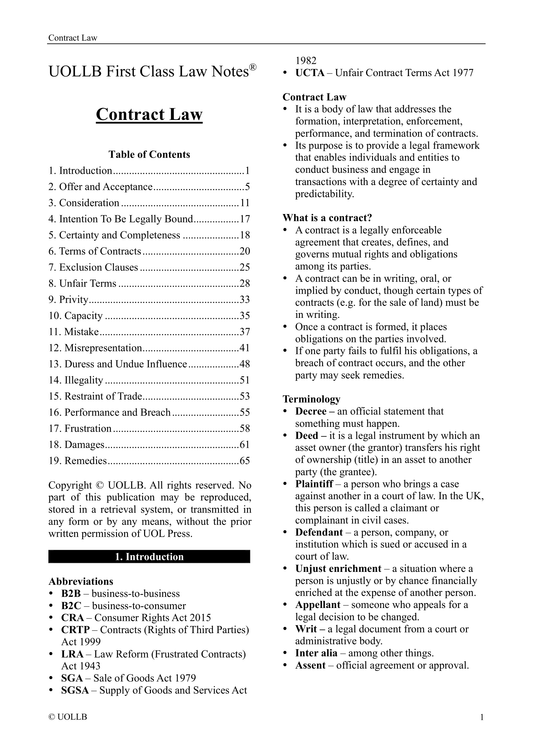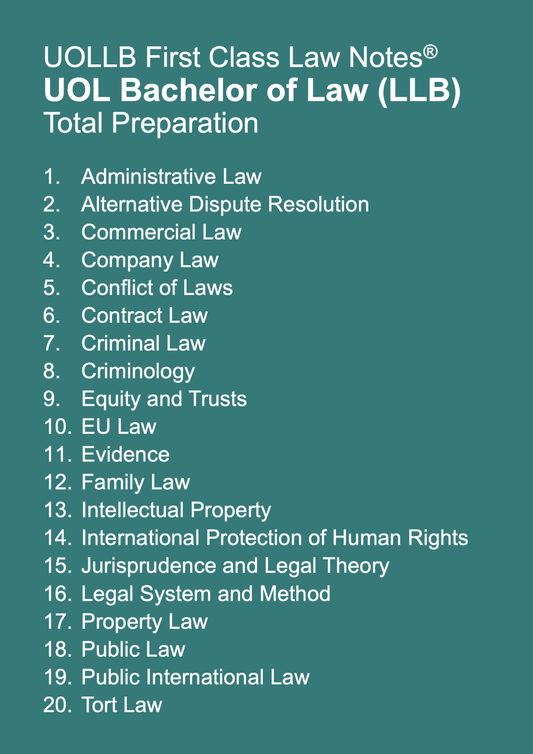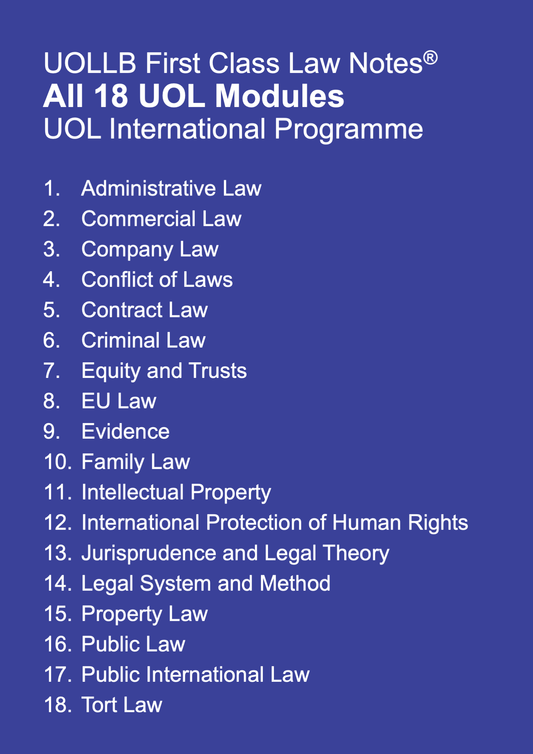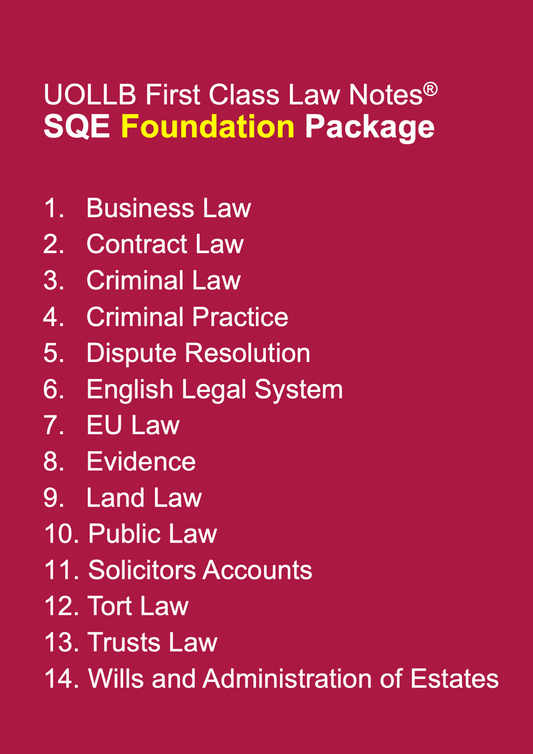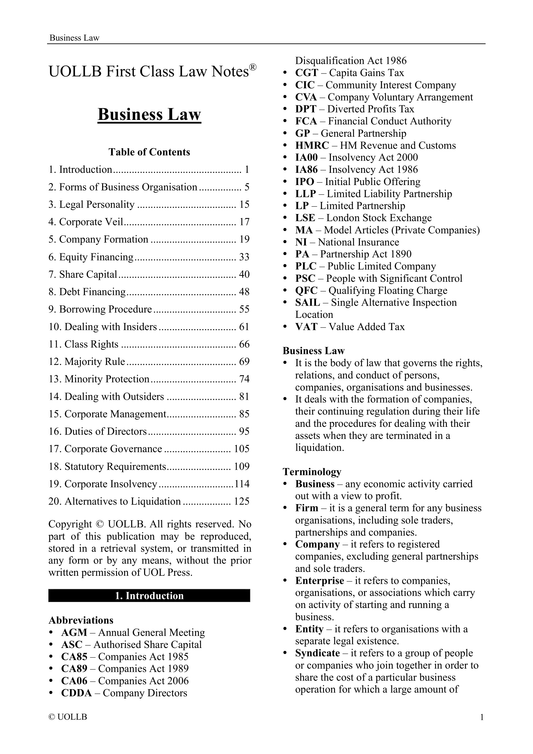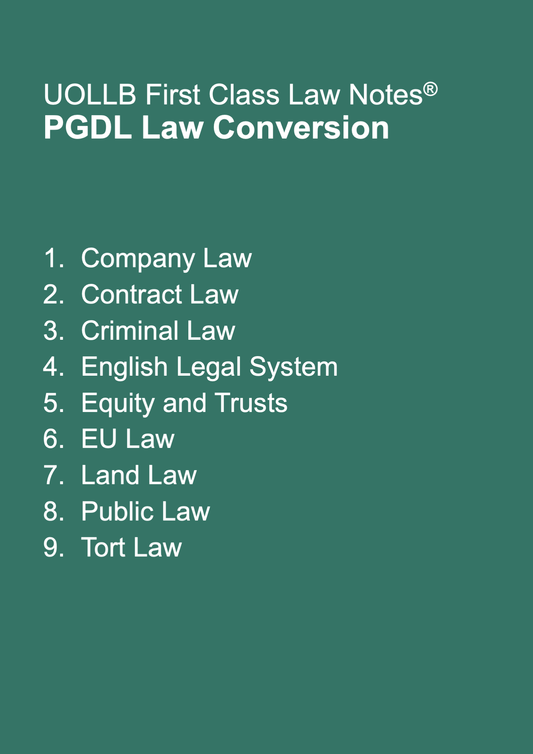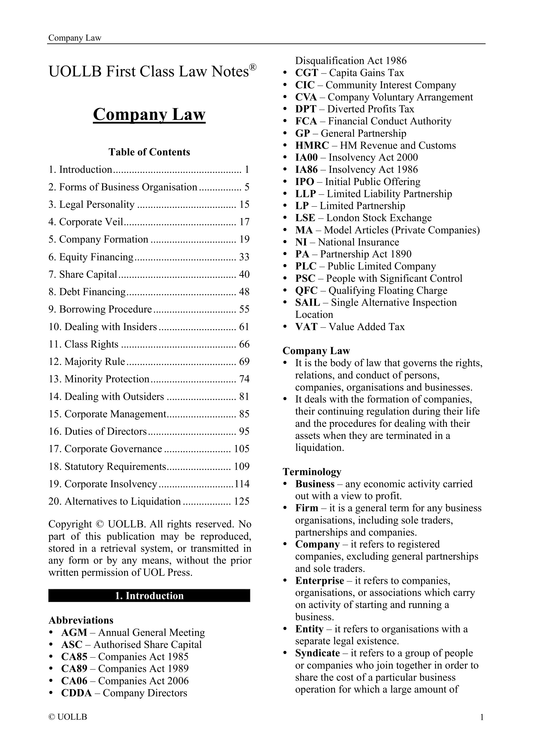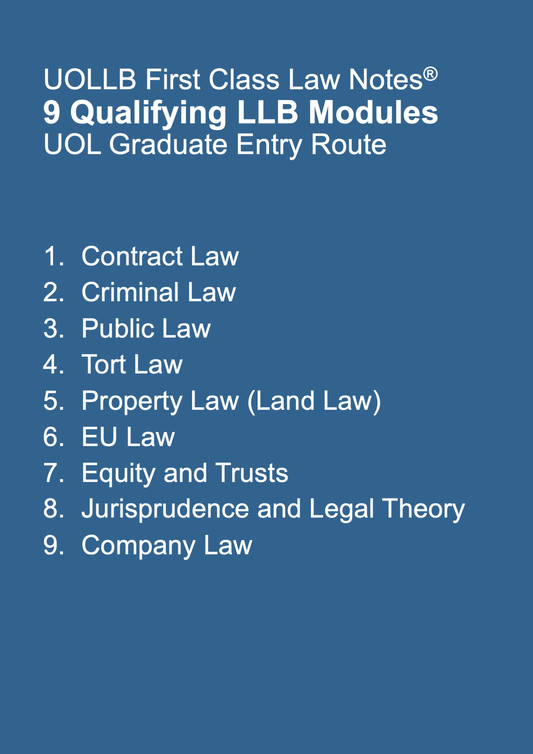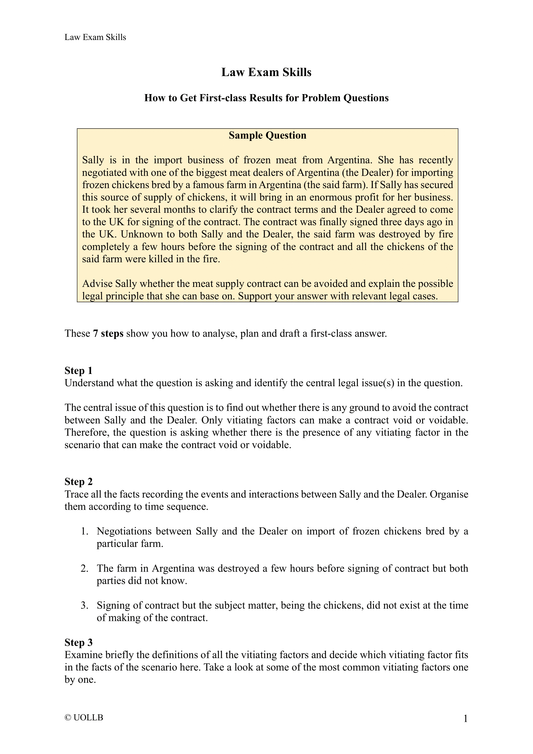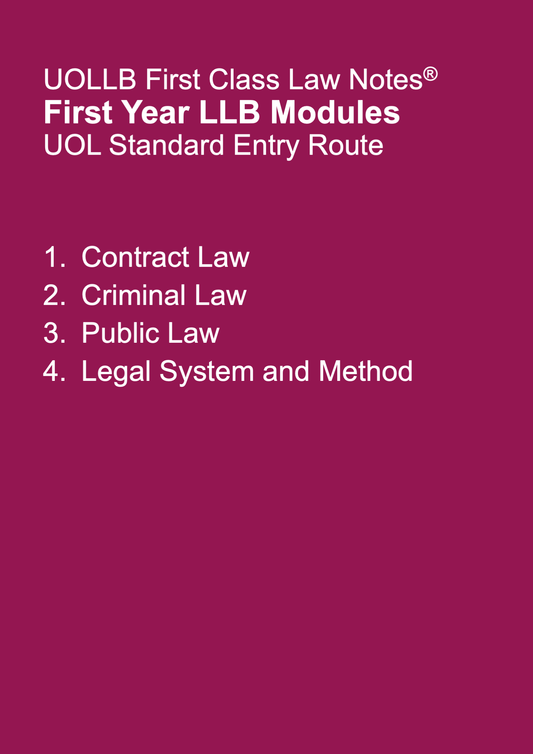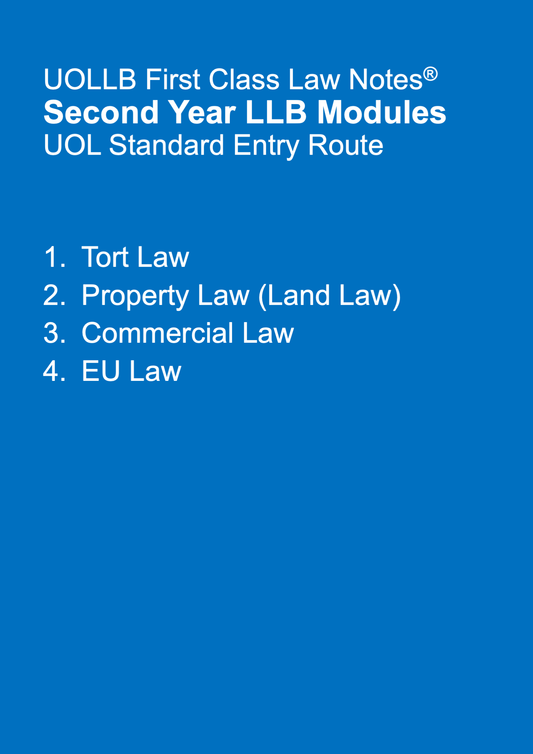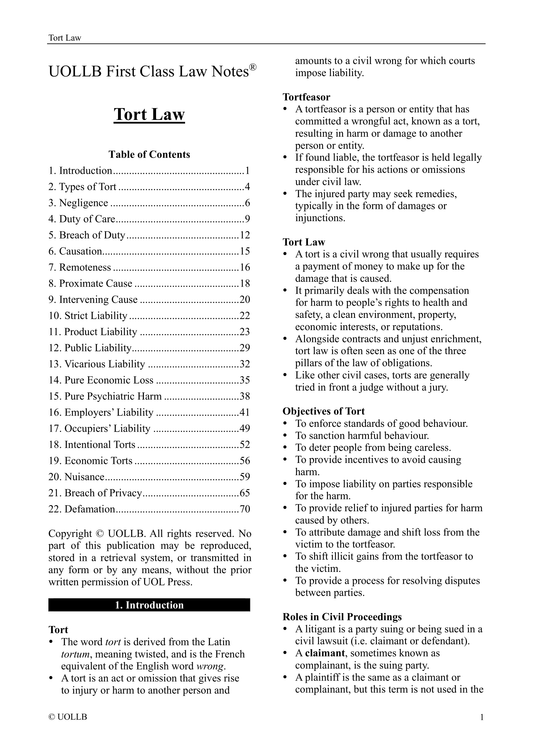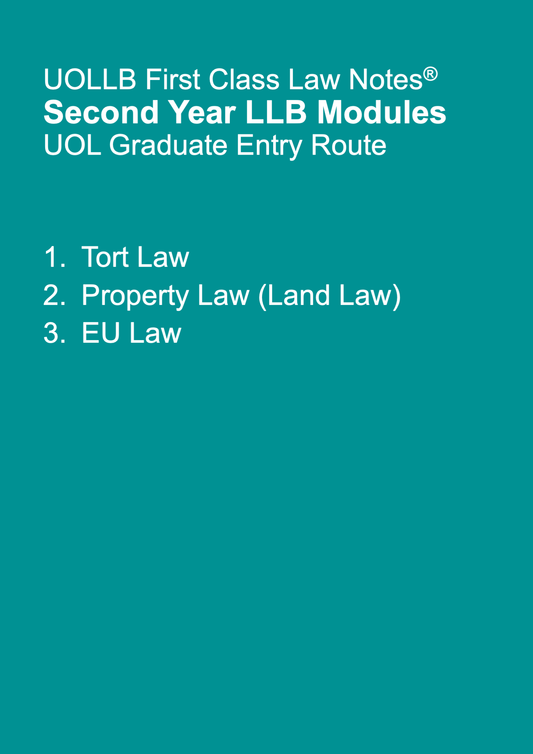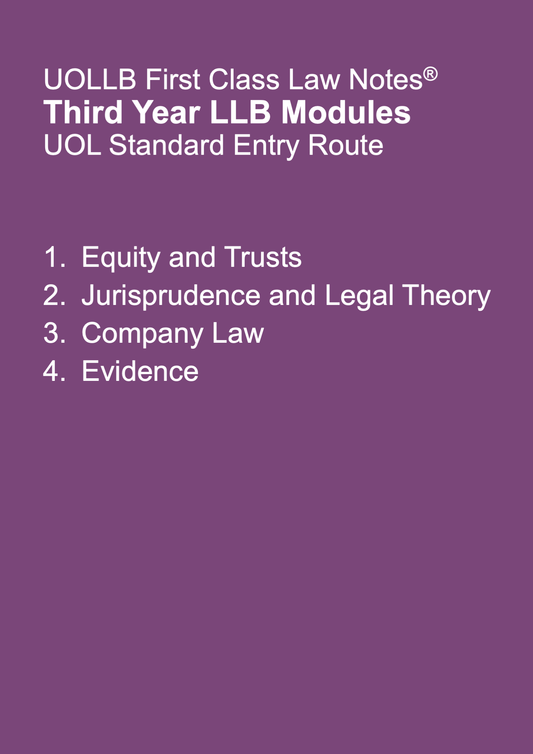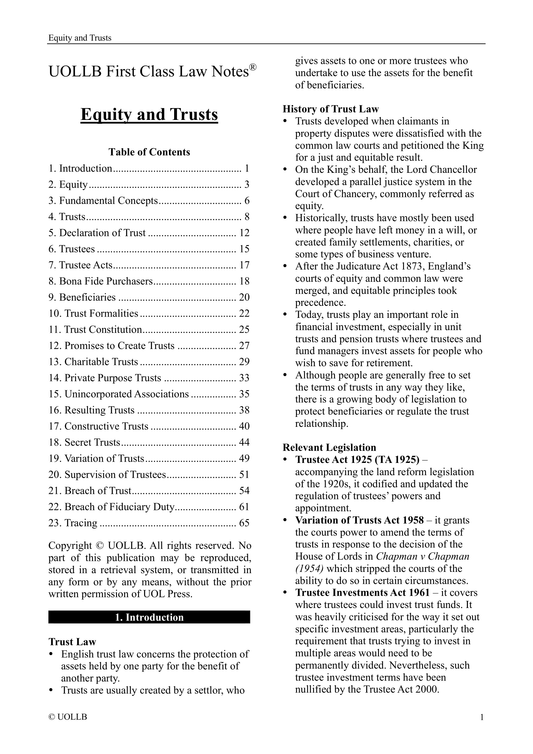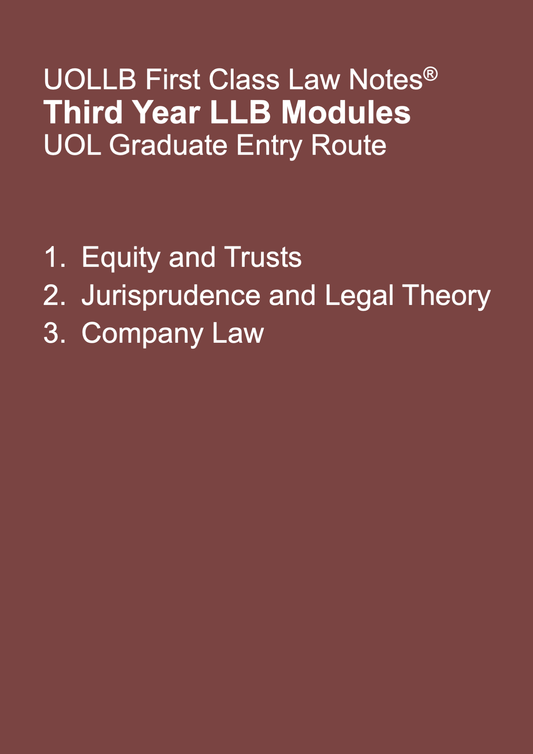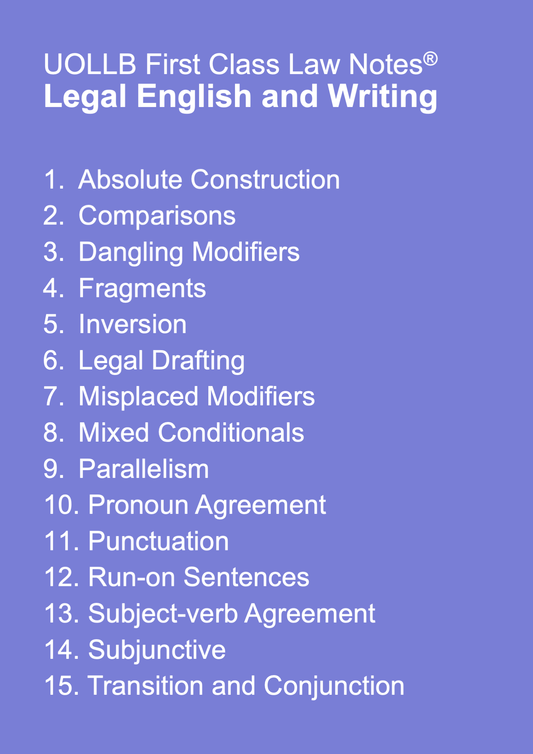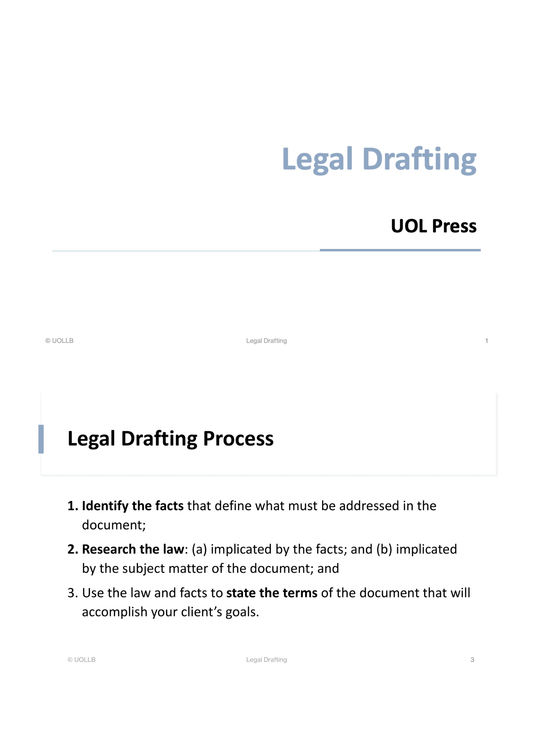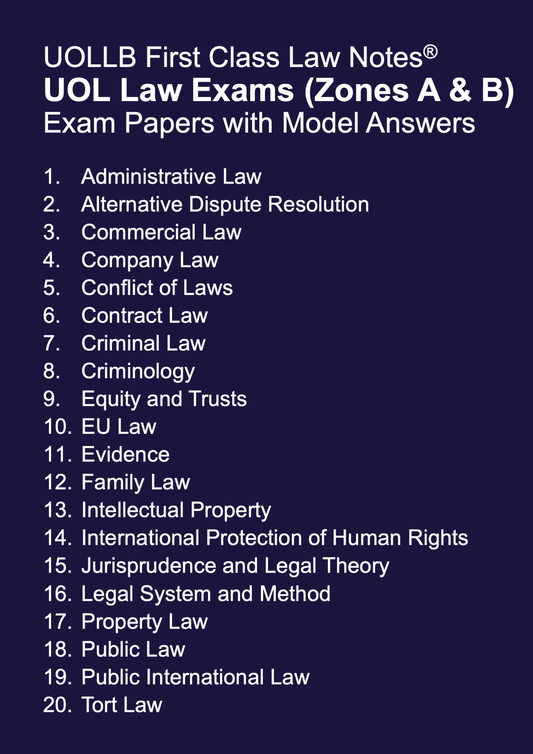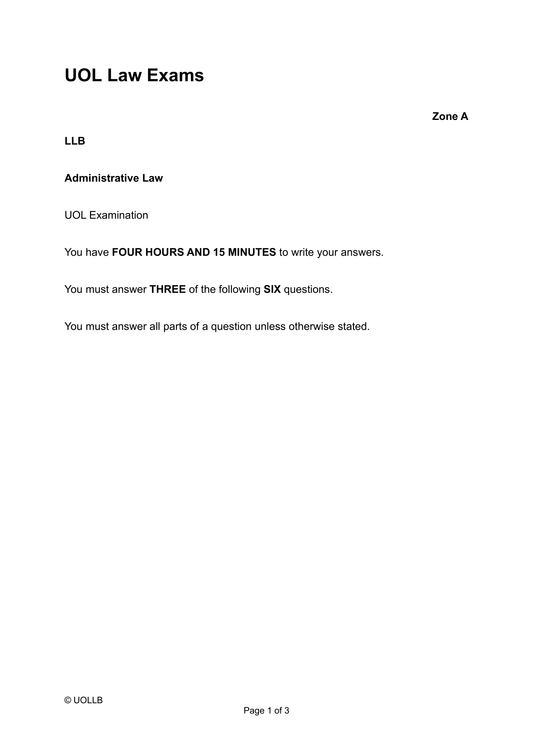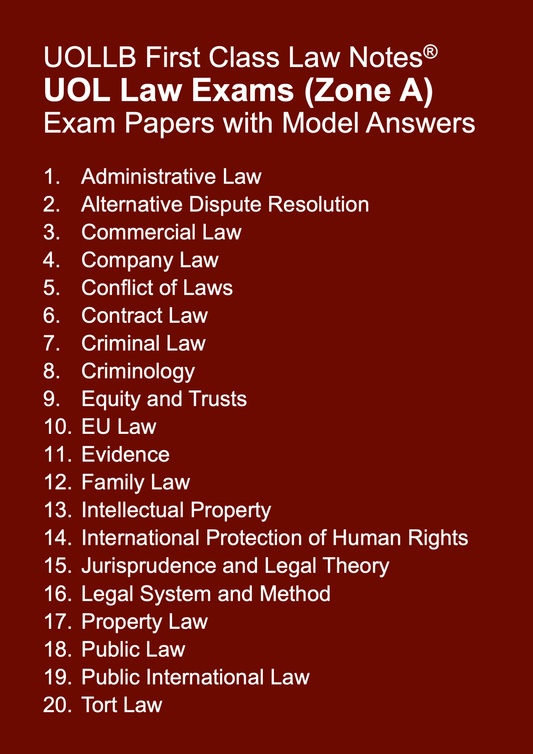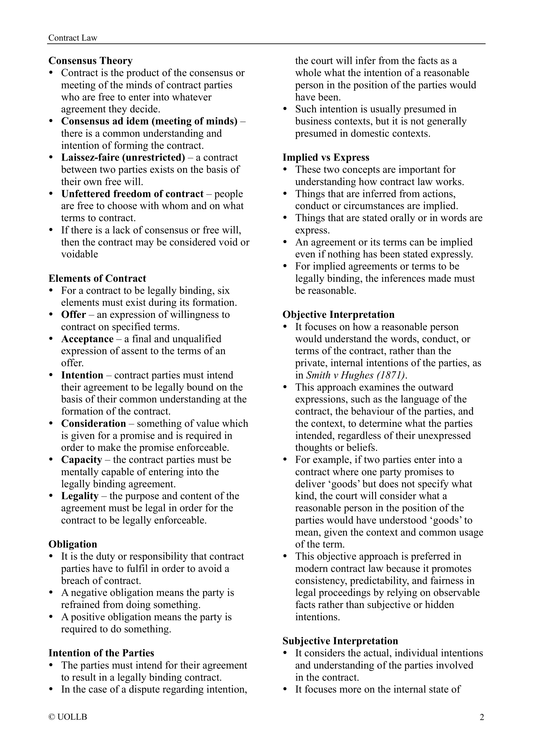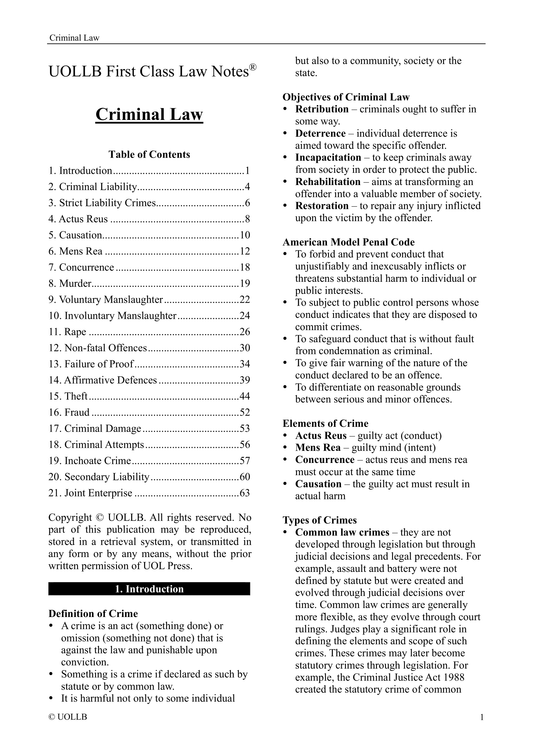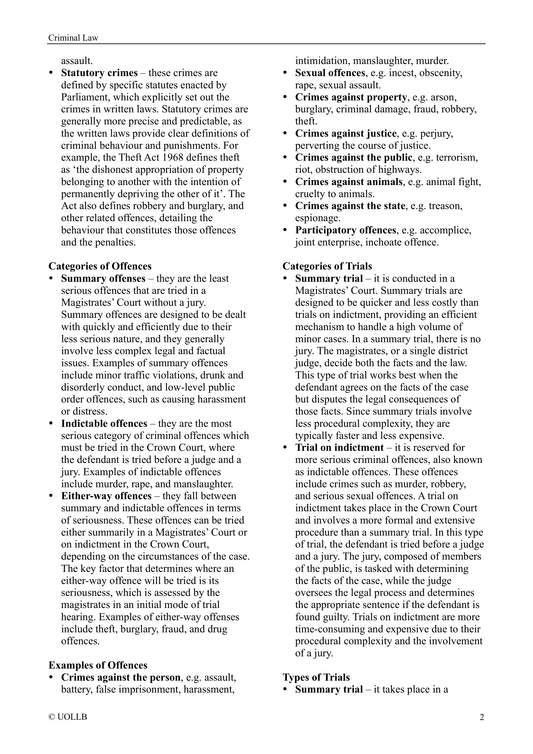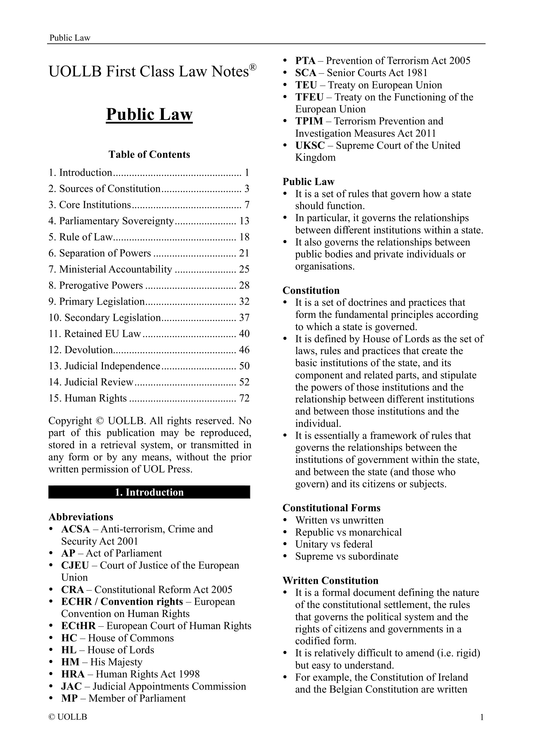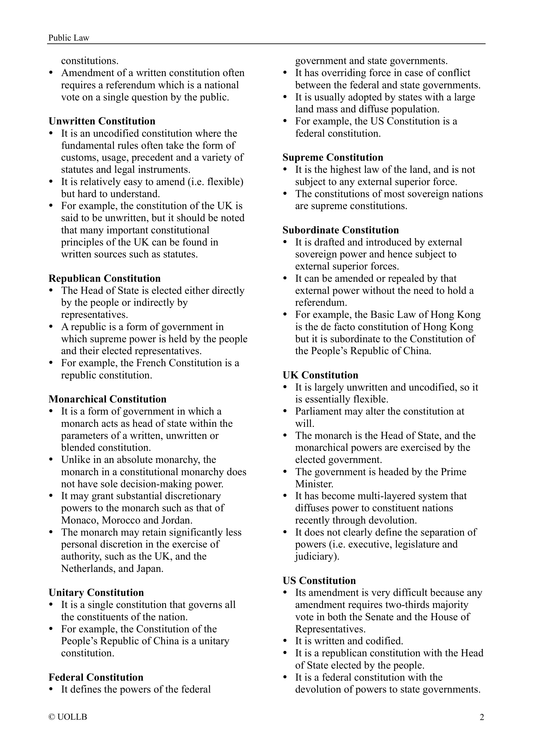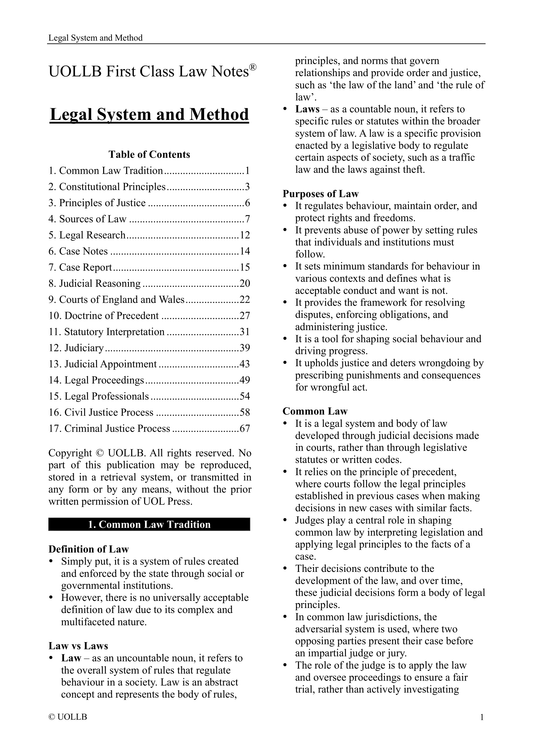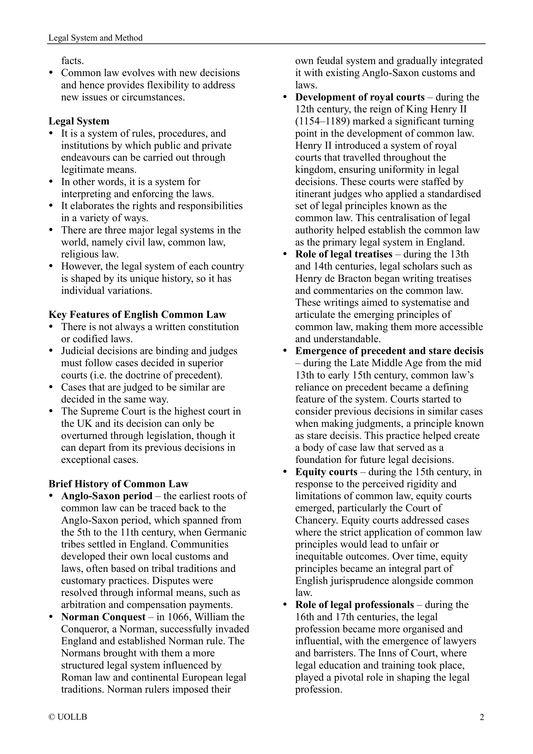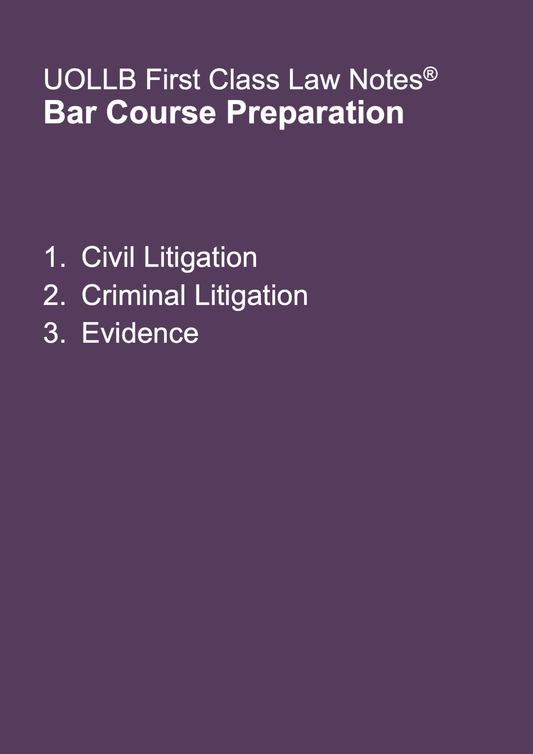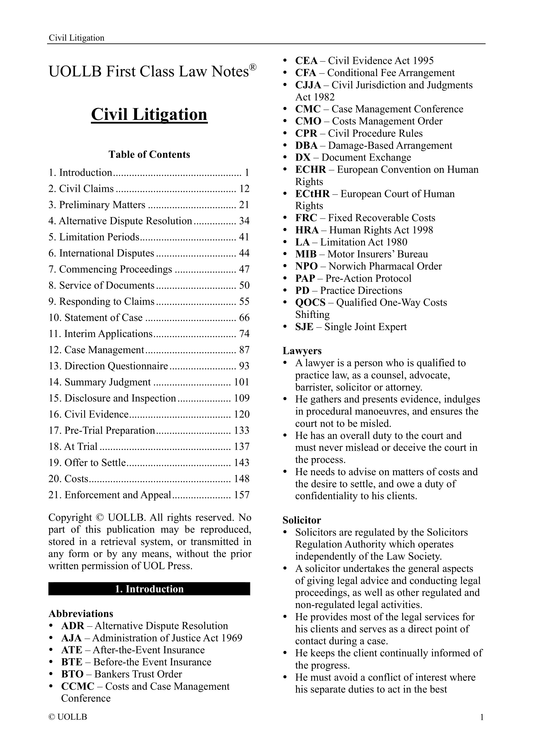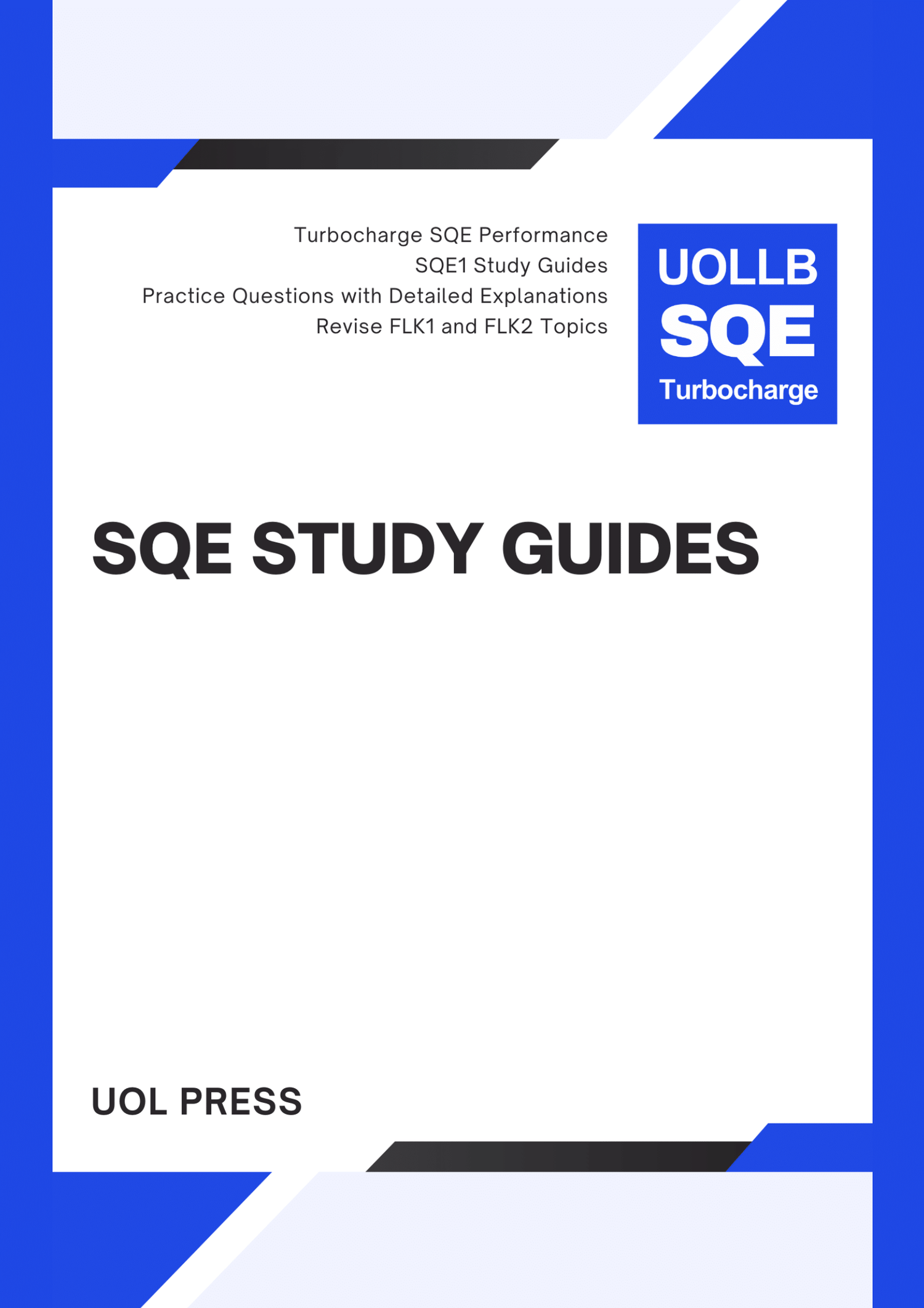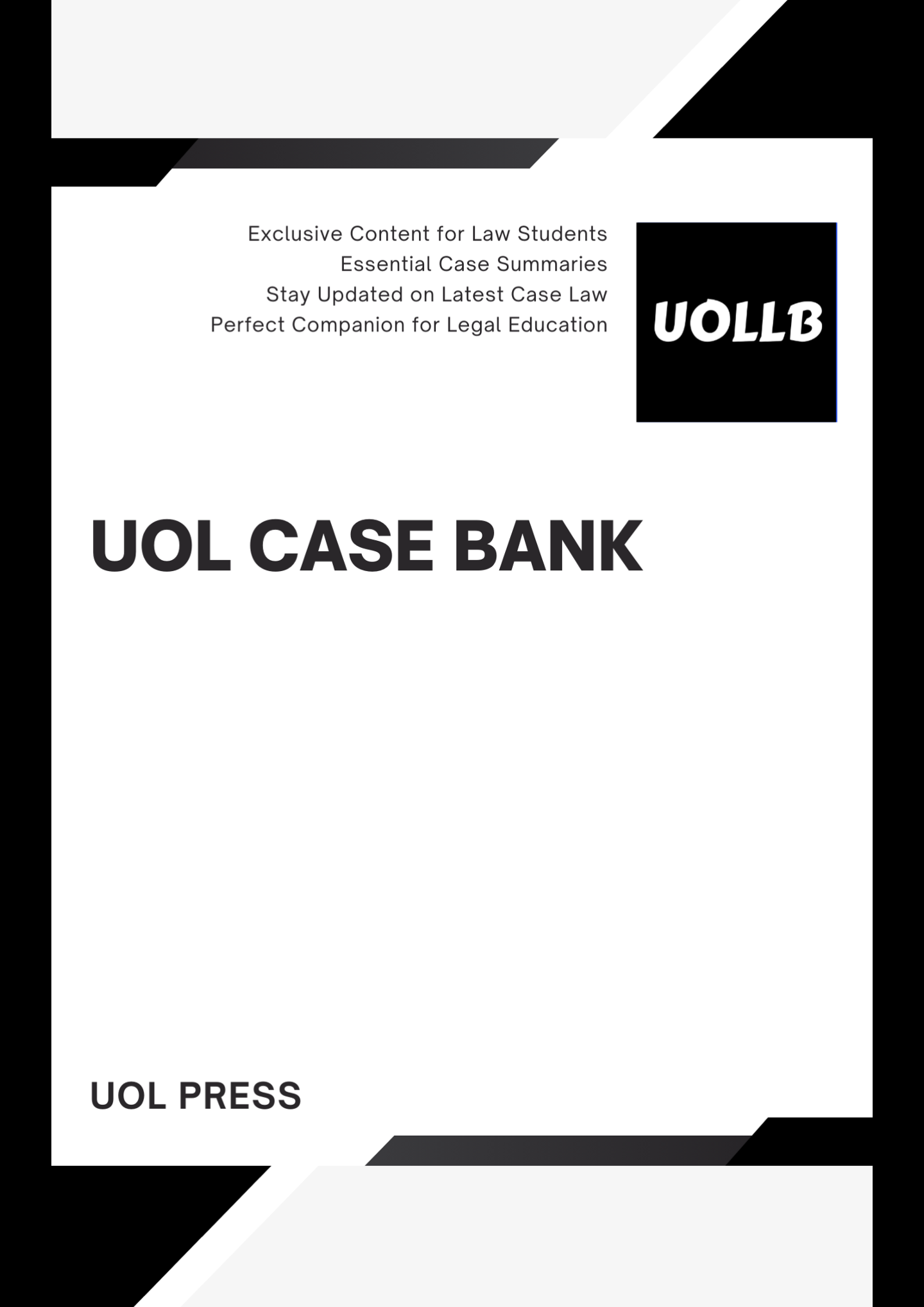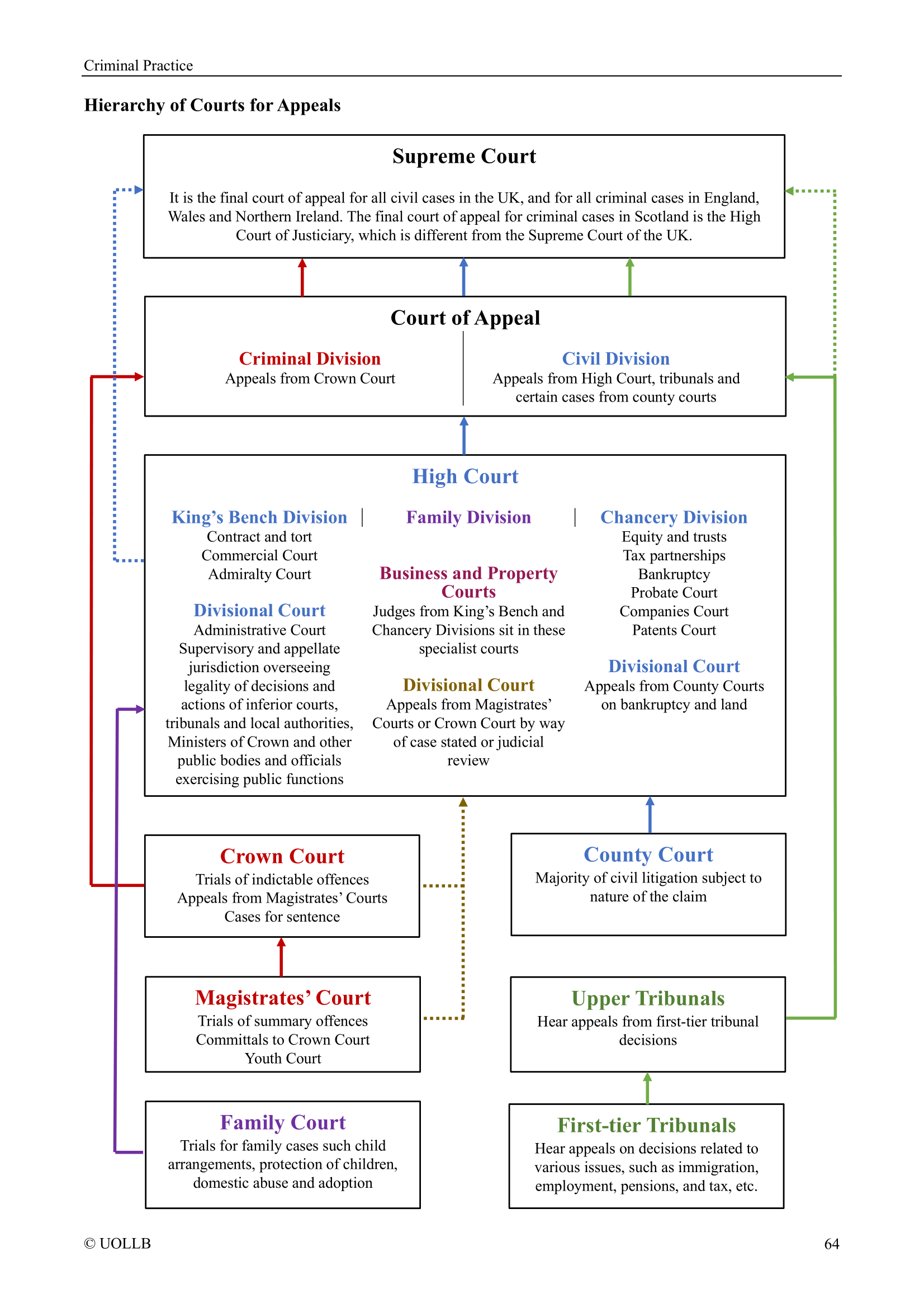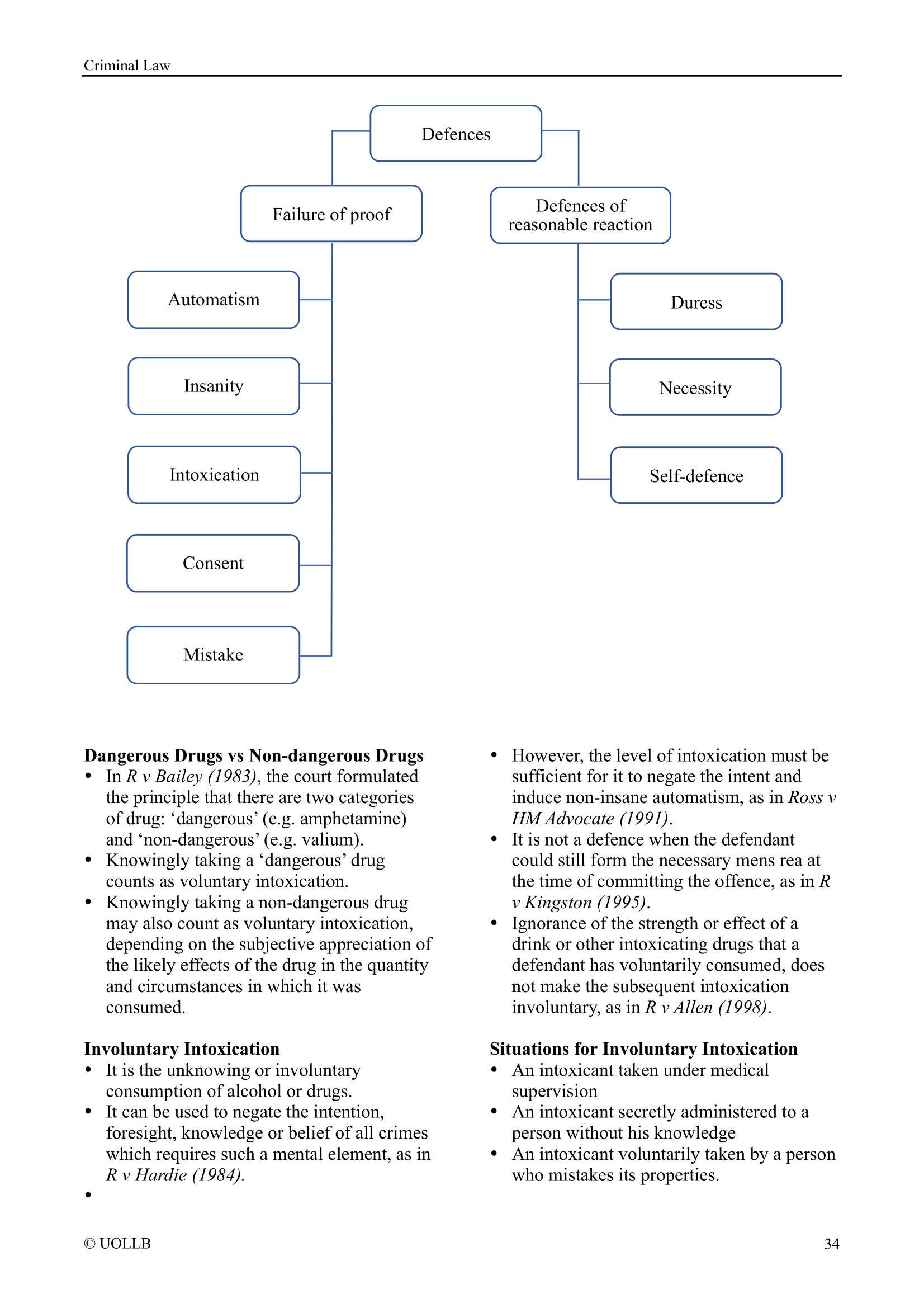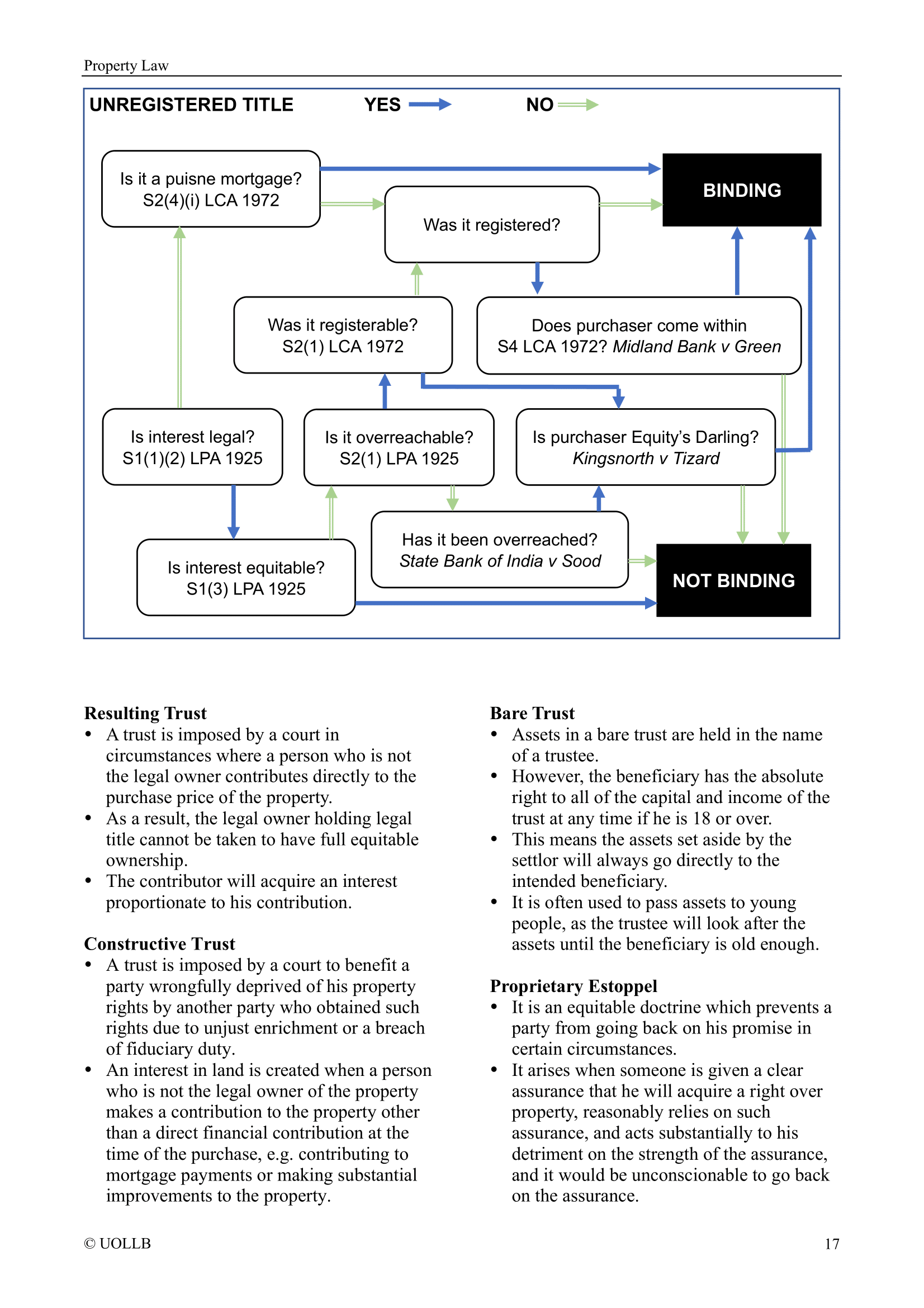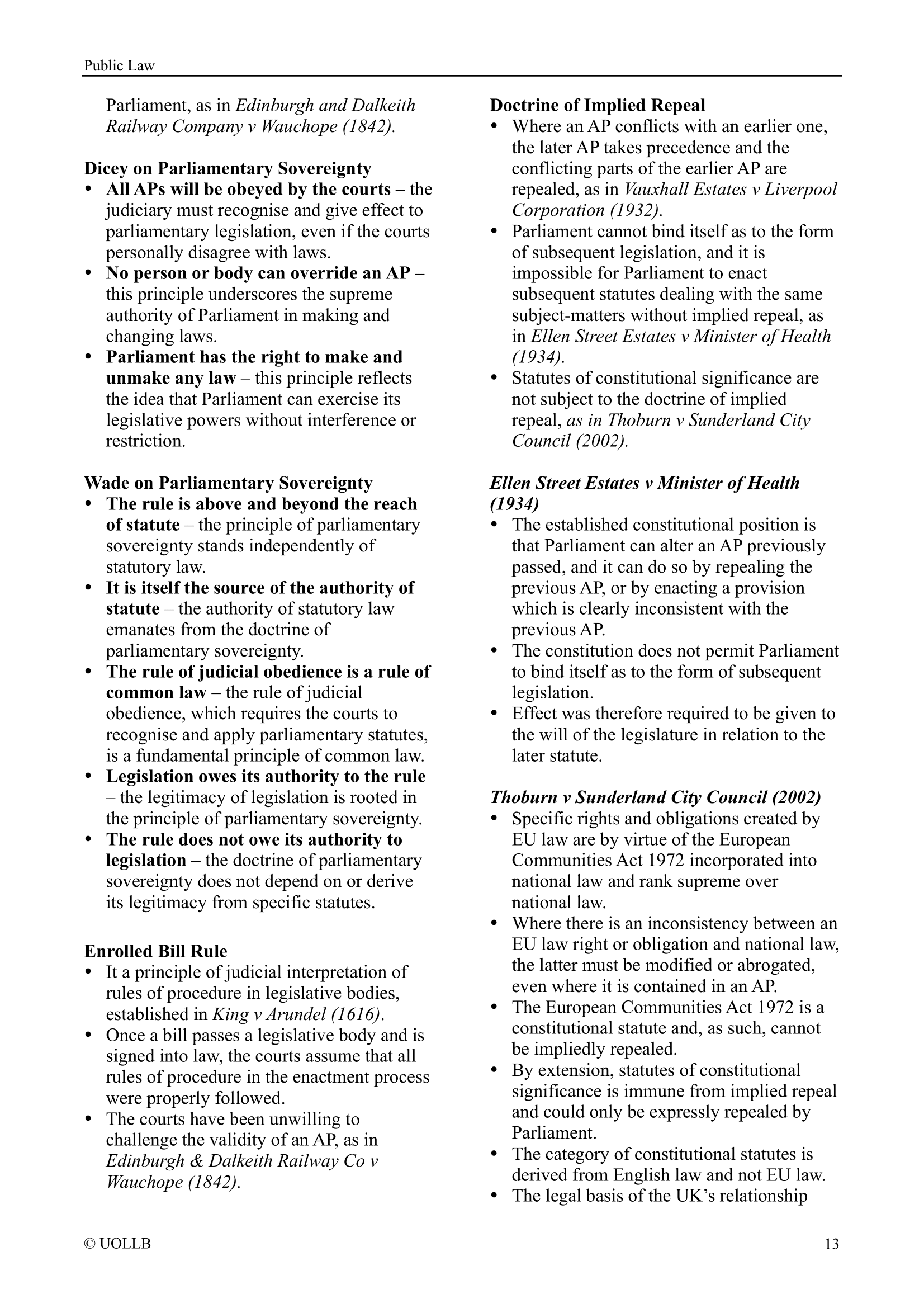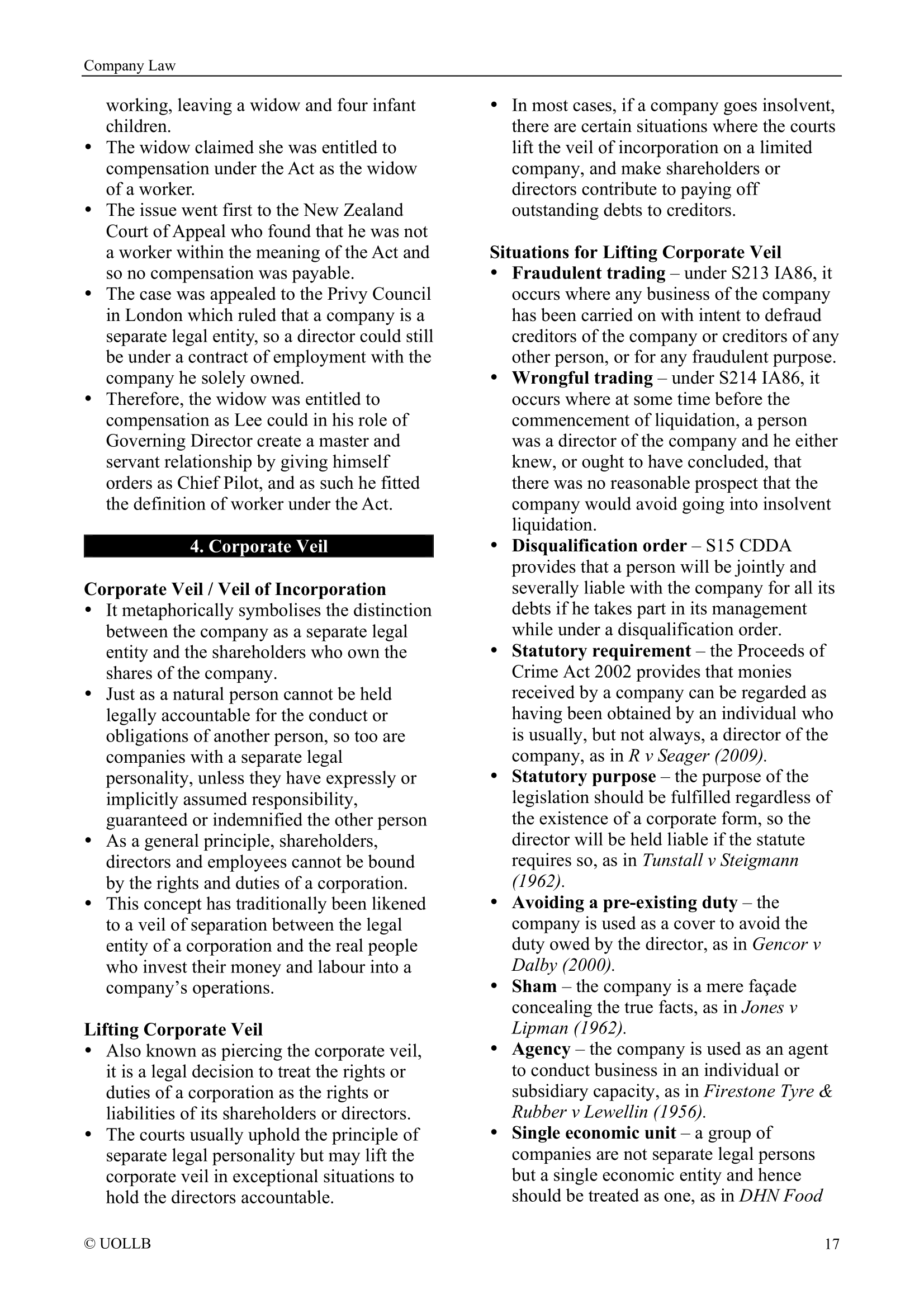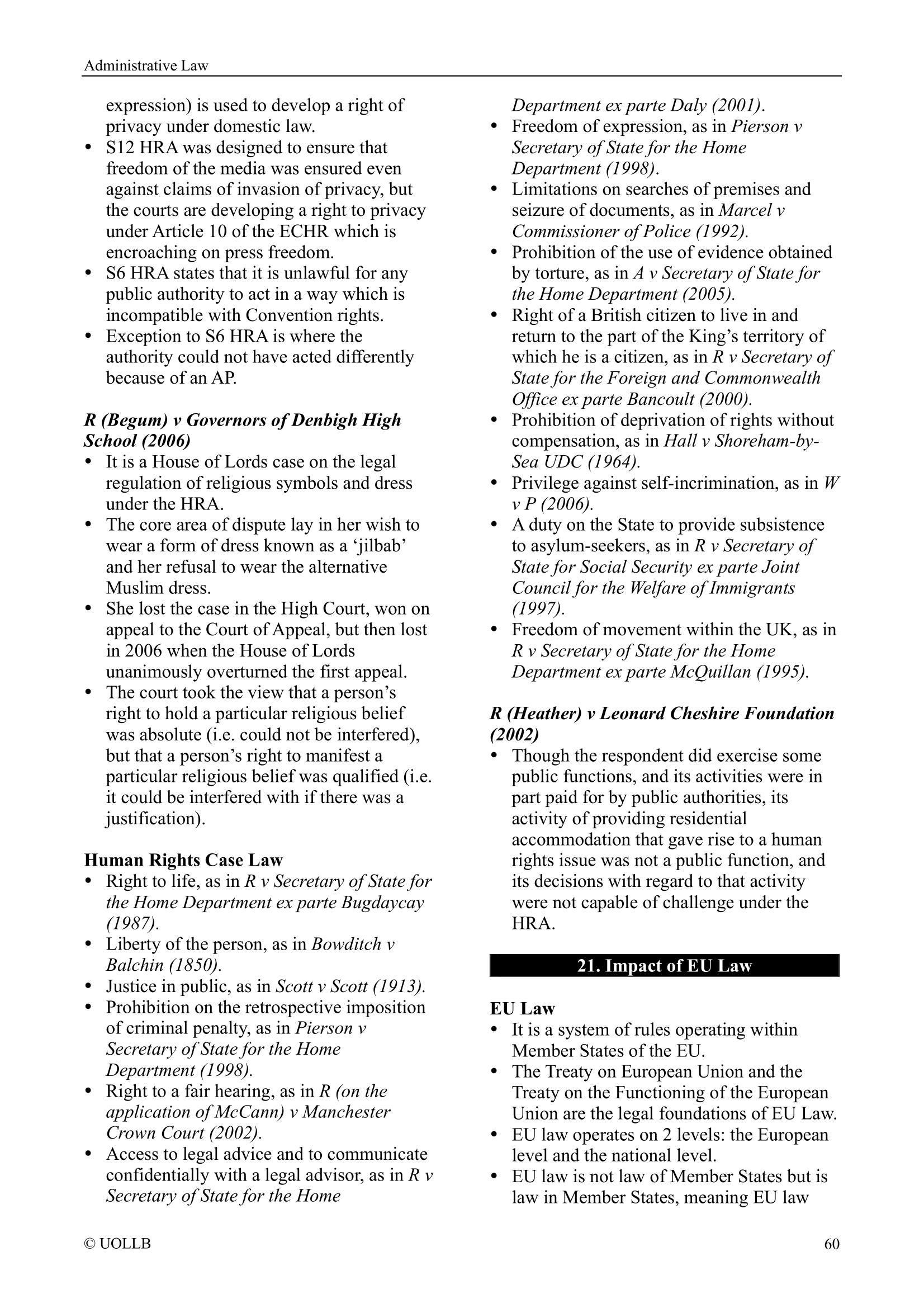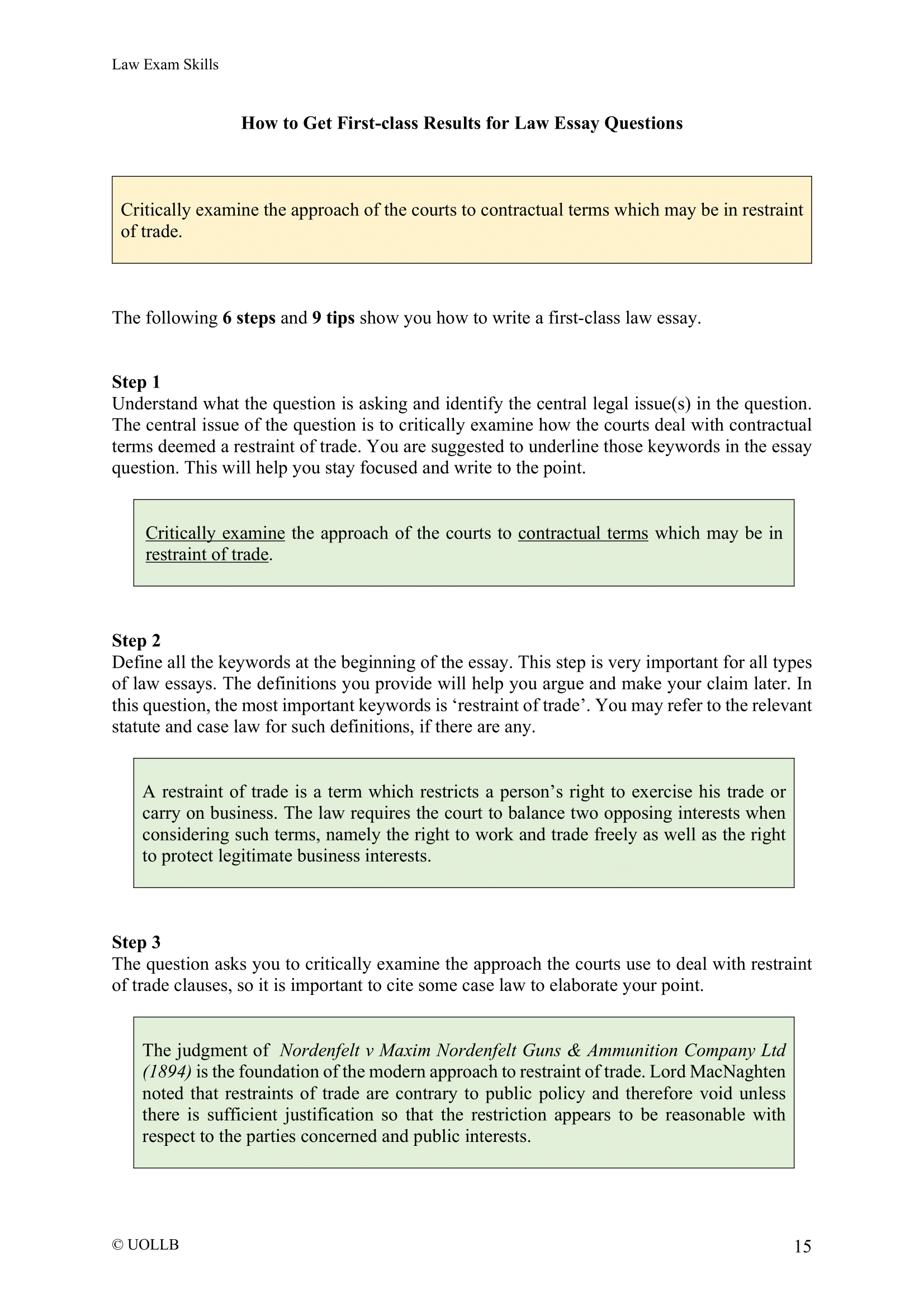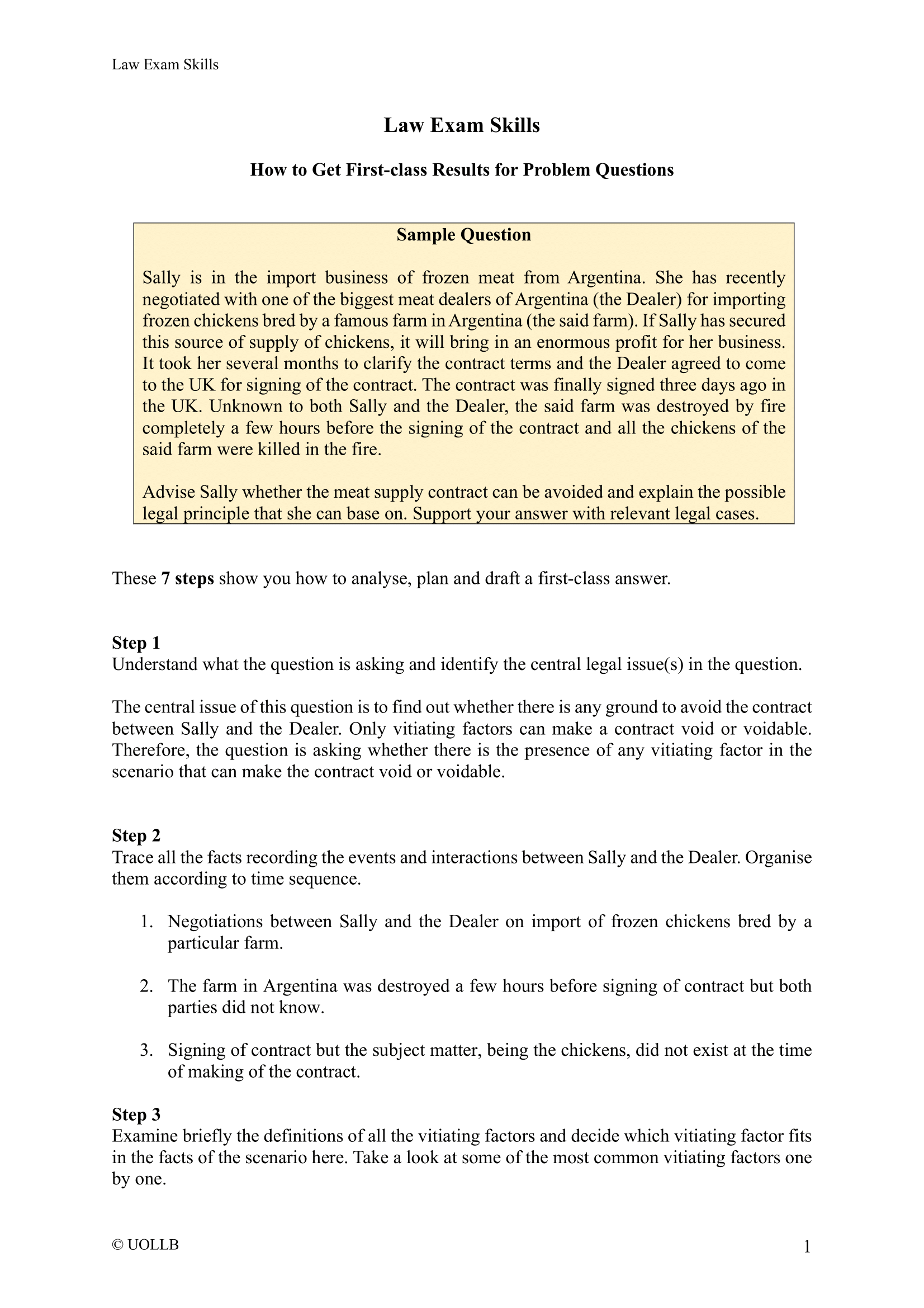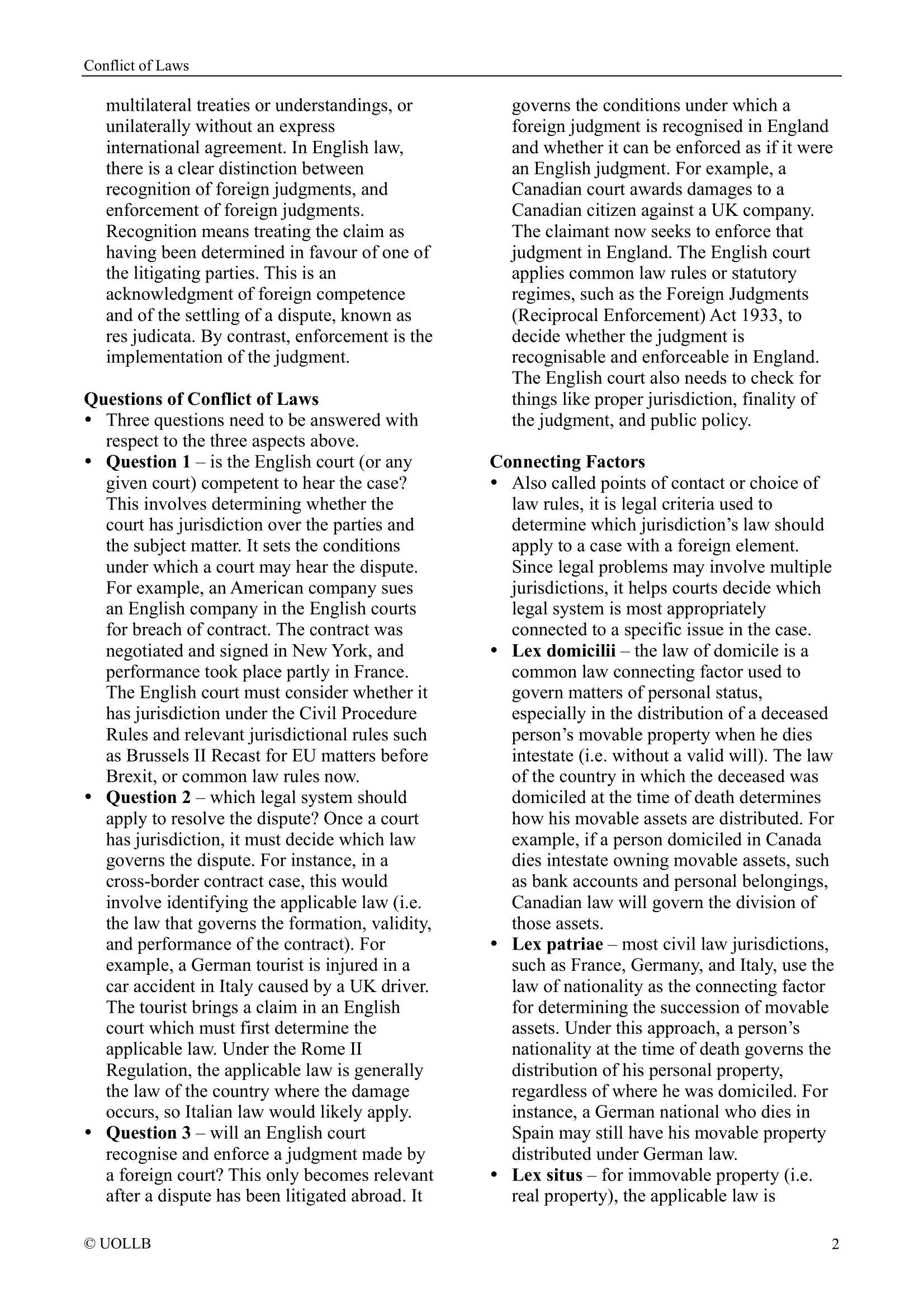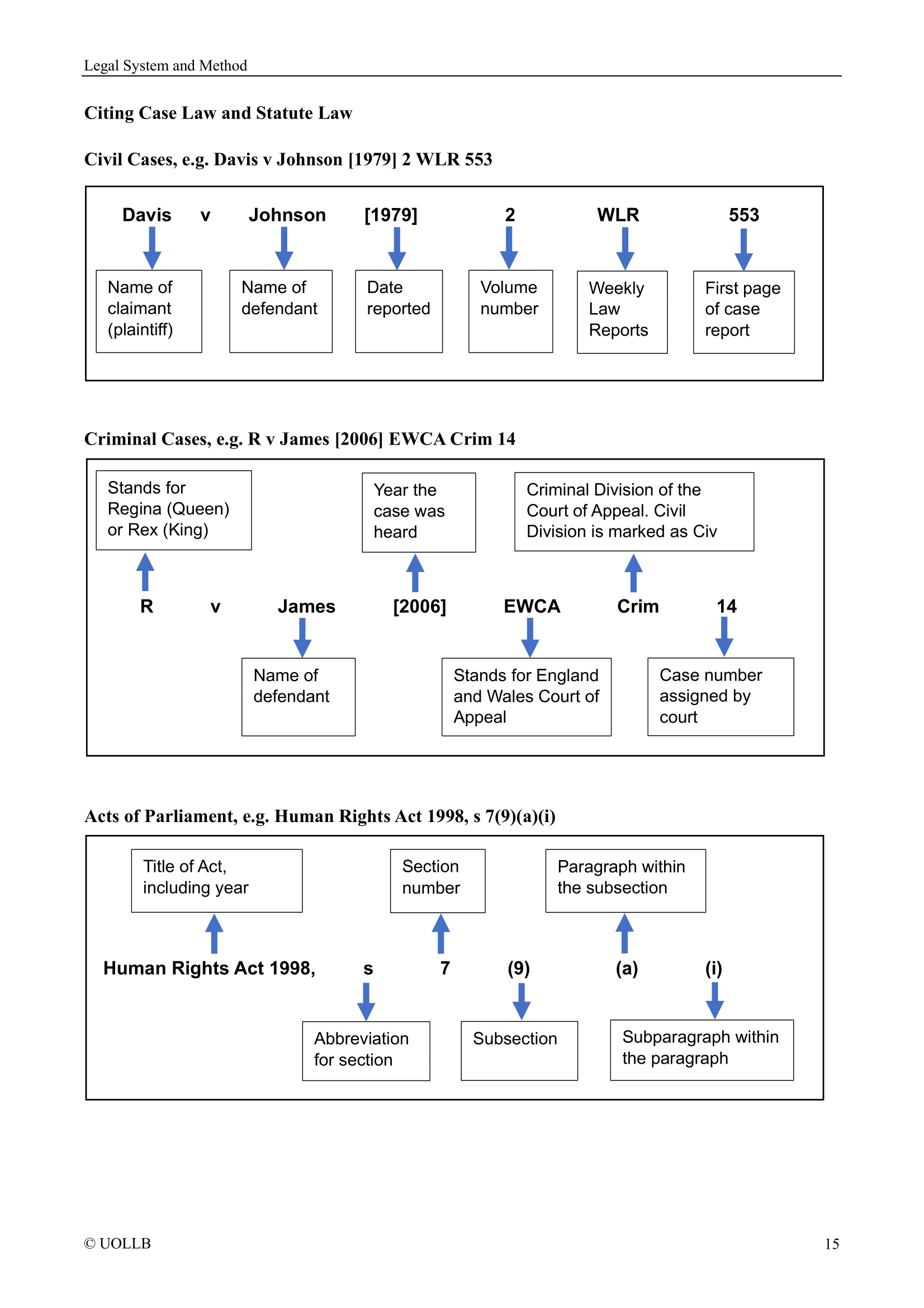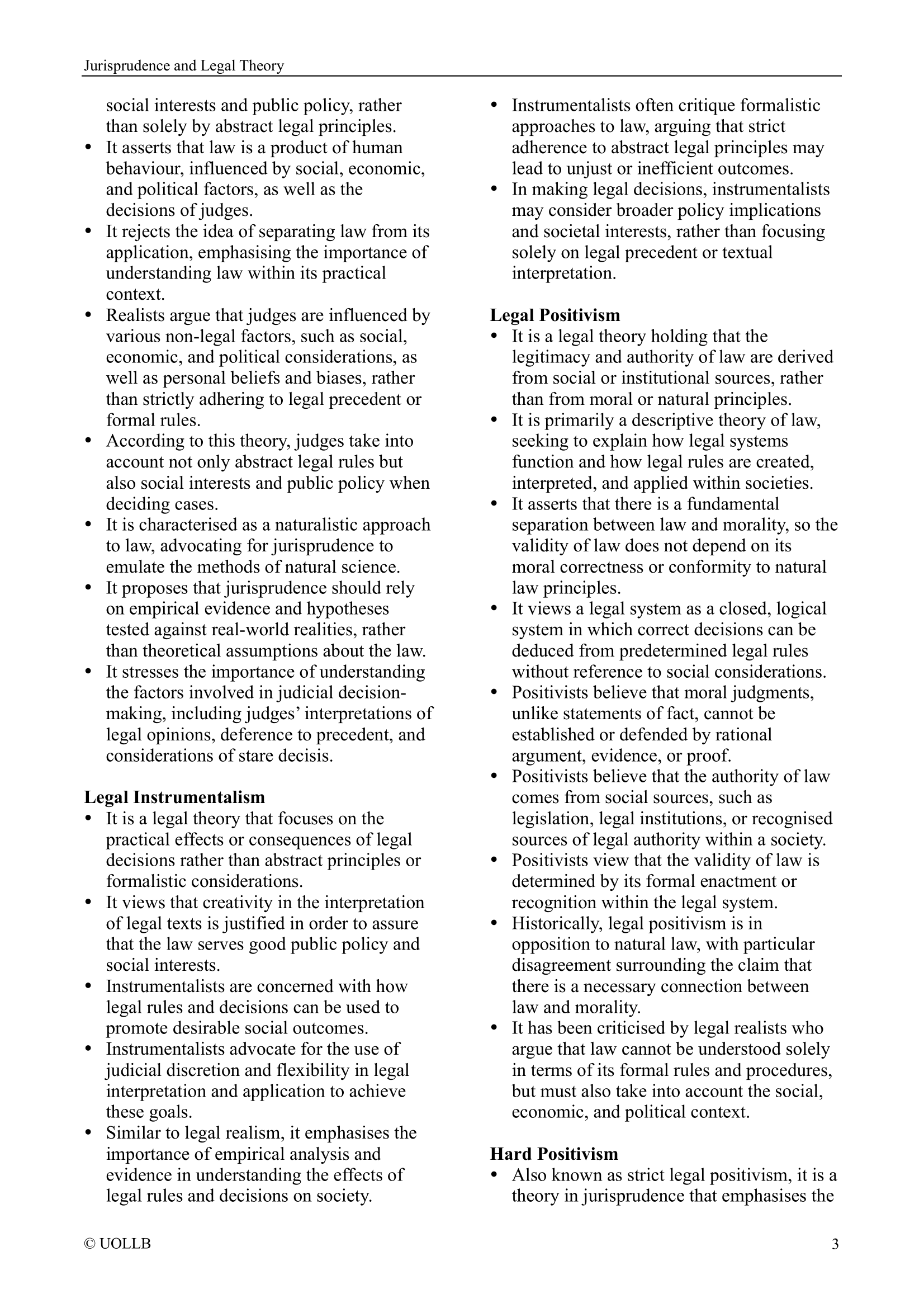R v Watson [1989]
Share
R v Watson [1989] 2 All ER 865 addresses constructive manslaughter, specifically focusing on whether a defendant's awareness of the victim's vulnerability during an unlawful act impacts the foreseeability of physical harm. The case involves a burglary where an 87-year-old man died of a heart attack induced by the incident.
The defendant unlawfully entered the house of an 87-year-old man, verbally abused him, and left without taking anything. Subsequently, the old man, who had a serious heart condition, suffered a fatal heart attack. The defendant was convicted of constructive manslaughter, with the unlawful act being burglary. The defendant appealed, contending that the act of burglary was completed at the point of entry, and he was unaware of the old man's age or physical condition at that time.
The central issue was whether the act of burglary extends beyond the point of entry into the premises, impacting the defendant's knowledge and foreseeability. The court examined whether the defendant's awareness of the victim's vulnerability during the entire unlawful act influences the assessment of foreseeability of physical harm.
The Court of Appeal allowed the appeal on different grounds but rejected the specific ground related to the completion of burglary. Lord Lane clarified that the act of burglary does not conclude upon crossing the threshold; instead, it encompasses the entirety of the defendant's stay in the house.
Crucially, Lord Lane emphasised that the jury is entitled to attribute to a hypothetical bystander the knowledge gained by the defendant throughout the entire intrusion. In this case, a sober and reasonable person would have recognised the vulnerability of V at once, considering the abusive conduct directed at an elderly person.
Lord Lane's ruling underscores the continuous nature of the burglary act and rejects the argument that it concludes at the point of entry. Additionally, the decision emphasises the relevance of the defendant's evolving awareness during the unlawful act, allowing the jury to consider the knowledge gained by the defendant throughout the entire course of the intrusion.
This decision establishes that the foreseeability of physical harm in constructive manslaughter can be influenced by the defendant's awareness of the victim's vulnerability during the commission of the unlawful act. It aligns the assessment of foreseeability with the evolving knowledge of the defendant, ensuring a comprehensive and context-specific evaluation of criminal liability in such cases.
